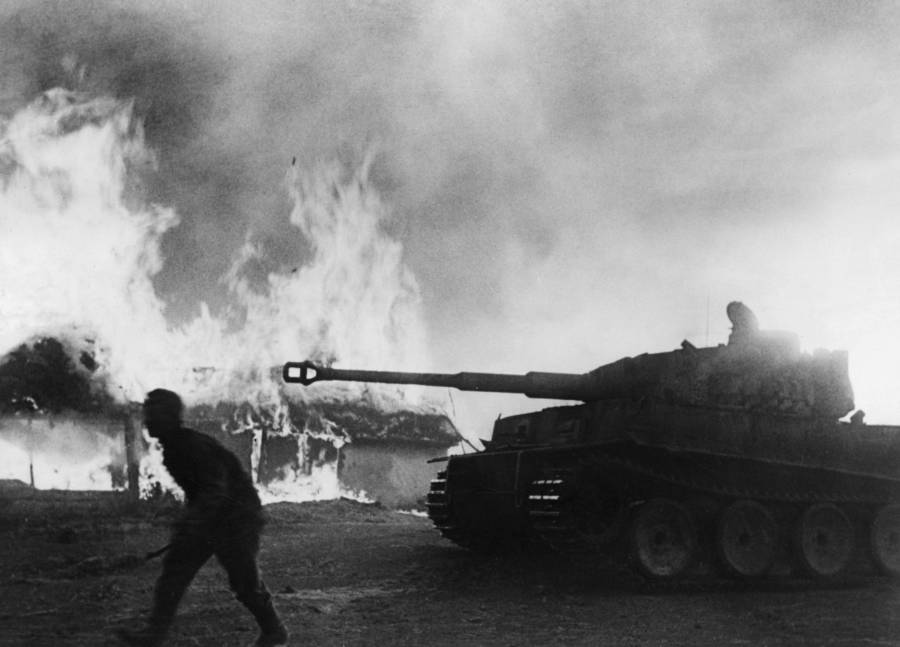

The planned piston-engine successor to the ubiquitous Me-109, the Me-209, had been cancelled in favor of a technological breakthrough, the Me-262 jet fighter. German production chiefs were beginning to panic. German aircraft, especially fighters, were no longer state of the art and the introduction of new equipment had suffered catastrophic delays. The problem for the Germans was that the Luftwaffe was not what it had been in the early days of the war. Another noted that “the movement of enemy tanks takes place under the cover of his aircraft.” This close cooperation between the Germany Army and Luftwaffe was the linchpin of Germany’s entire war machine, and thus the key to any possibility of victory in the planned attack on the Kursk bulge, called Operation Citadel.

“The enemy is again attacking us heavily with his air force,” said one Soviet report that emphasized the importance of German air power. The Luftwaffe had proven essential during the Third Battle of Kharkov in March 1943, a German counteroffensive that made the July attack on Kursk possible. As Operation Citadel advances, Junkers Ju-87Ds overfly an advancing armored unit in the Belgorod-Oryol region as they return from a close support mission on July 10, 1943. Without air power, the Germans lacked a vital ingredient for their projected Blitzkrieg. Even in February 1943, five months before the battle began, Hitler spoke of his new tanks as a “gigantic concentration of the newest offensive weapons” that would restore German superiority on the Eastern Front. The Kursk battle is most often remembered as a gigantic tank clash, when German Tigers, Panthers and Ferdinands crashed into Soviet defensive lines that bulged westward around the Russian city. Yet despite this initial success, the seeds for a German defeat at Kursk had already been sown, in the air and on the ground. In terms of numbers, that made it the Luftwaffe’s greatest day of air combat in the entire war. The Germans reported 367 victories that day. The German pilots in their Messerschmitt Me-109s and Focke-Wulf Fw-190s had a field day against their Soviet adversaries and their inferior Yakovlev fighters. Think It’s Easy to Destroy Tanks With Airplanes? Think Again At the Battle of Kursk, the Nazis Learned You Can’t Win a Tank Battle Without Air Power | HistoryNet Close


 0 kommentar(er)
0 kommentar(er)
